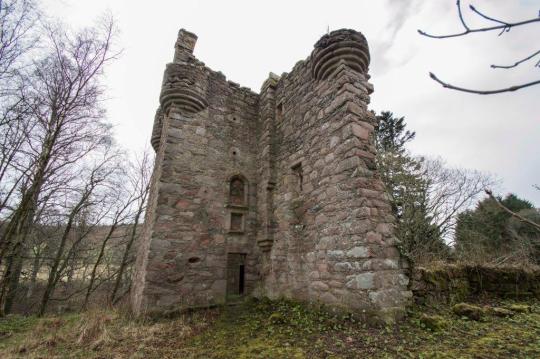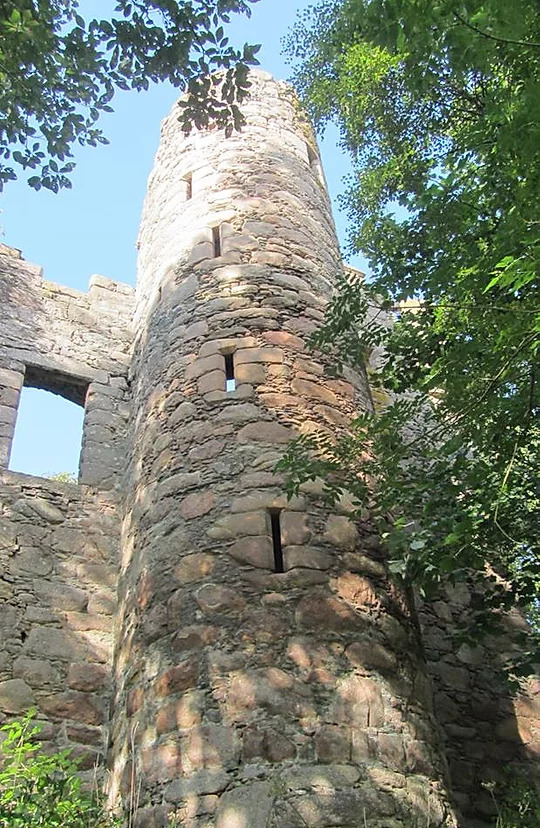#elizabeth forbes sempill
Text
Elizabeth Forbes-Sempill (1912-91) was registered as the youngest daughter of John, Lord Sempill, and was unhappy as a girl, taking a course of medical treatments in Germany and registering as a man, Ewan Forbes-Sempill, in 1952 and marrying a woman. His new identity was challenged by his cousin who was disappointed at the loss of his inheritance to a large estate and loss of title of the 11th Baronet on the arrival of Ewan Forbes-Sempill – a new male heir. The legal challenge took place in secret over three years until the home secretary ruled that Forbes-Sempill was 'intersex' and entitled to inherit as a male heir.
"Normal Women: 900 Years of Making History" - Philippa Gregory
#book quote#normal women#philippa gregory#nonfiction#elizabeth forbes sempill#ewan forbes sempill#lord sempill#medical treatment#germany#trans#transgender#ftm#50s#1950s#20th century#cousins#inheritance#baronet#legal challenge#home secretary#intersex
7 notes
·
View notes
Photo




Corse Castle near Lumphanan in Aberdeenshire, now ruined, was a fortress and center of a landed estate in the north-east of Scotland. The present castle dates from the 16th century and stands by the Corse Burn, around 3 miles (5 kilometers) north-west of Lumphanan.
Corse was a property of the Forbes family. In the 16th century the original house on the site was destroyed by bandits in a raid. The laird of the day, Sir William Forbes, is reputed to have said of his projected new castle "Please God I will build me such a house as thieves will need to knock at ere they enter." He went on to erect the present castle, which bears his initials, with the date 1581.
William Forbes had seven sons, of whom the eldest, Patrick (1564–1635), was born at the castle before the rebuilding. In 1618 he was appointed Bishop of Aberdeen, serving until his death. The second son, William, a merchant, bought and completed nearby Craigievar Castle in the 1620s. The third son, John Forbes (c.1565–1634) also entered the church. The sixth son, Arthur, settled in Ireland and was created a baronet. Patrick's second son, the theologian John Forbes (1593–1648), inherited Corse in 1635 and died there in 1648, having opposed the National Covenant and been exiled for three years. The Corse estate then went to John Forbes's son George and then his grandson, but due to a lack of further heirs it reverted to the Forbes of Craigievar, descended from his brother William.
In 1869 the castle was occupied by James Ochoncar Forbes (1837—1900), second son of the late Sir John Forbes, 7th Baronet of Craigievar, by his marriage to Charlotte Elizabeth, a daughter of James Ochoncar Forbes, 17th Lord Forbes. His older brother, William Forbes-Sempill, 17th Lord Sempill, had inherited Craigievar Castle and a peerage from a cousin.
The castle thus became redundant in the mid 19th century, when it was replaced by a new house. On the death of James Ochoncar Forbes in 1900, the estate was inherited by his son John Walter Forbes, who died unmarried in 1912, and then by his younger son Lieutenant Colonel James Ochoncar Forbes (1867—1945), who was a Deputy Lieutenant for Aberdeenshire. His son Lieutenant Colonel Patrick Walter Forbes (1914—1979) also lived on the estate and likewise became a Deputy Lieutenant.
The castle is described by Historic Scotland as "a remarkable survival of the compact 16th century, Scottish Z-plan castle", although W. D. Simpson described it as "an unusual combination of L and Z plans." It has been designated a scheduled ancient monument.
https://canmore.org.uk/site/17478/corse-castle
0 notes